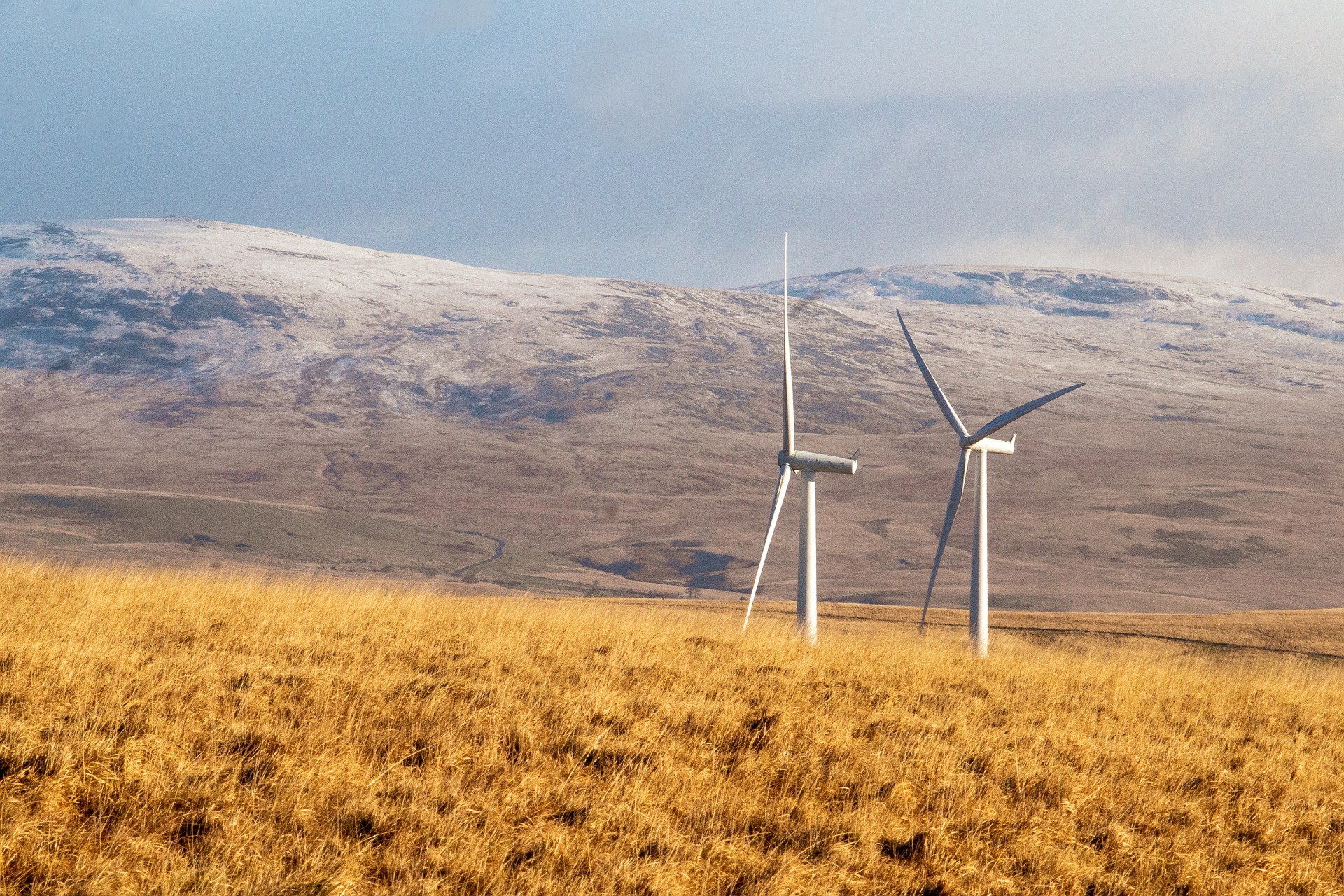Renewable energy generation capacity continues to rise in Scotland as demand increases for new onshore wind farms and solar developments.
However, producing renewable power is only one stage of the energy journey.
It is critical that Scotland upgrades its infrastructure to be capable of transporting renewable power to consumers and puts in place the apparatus to store energy in order to make renewables a sustainable, long-term energy resource.
Renewable energy is intermittent by its very nature, relying on the sun, wind or rain as its power source. This has been driven home by the recent cold spell, when there has been little wind to drive turbines.
While the country is going through an energy crisis with high electricity and other power prices, it is frustrating that when conditions are optimal for producing renewable power, the electricity transmission infrastructure lacks the capacity to cope with the demand, so renewable developments are paid to not generate power. This is a waste of money and renewable energy.
According to the Renewable Energy Foundation, onshore wind farms in Scotland were paid £243 million in 2020 for not producing energy, amounting to 3,460GWh of power. This reduced in 2021 to £107 million for 1,783GWh.
The lower numbers last year are not much of an improvement, as the average capacity factor of Scottish onshore wind farms (average power output divided by maximum capability) fell from 26.7% in 2020 to 22.1% in 2021 – the second-lowest capacity factor in 20 years.
The location of some wind farms means they are more constrained than others because of grid capacity. In 2020 some discarded almost 50% of their total generation capacity.
The constraints problem will persist until the inter-connection improves between Scotland and the centre of demand in England. It is not clear whether the required level of infrastructure is feasible or economically viable.
Even if the network could take the power, we still need to develop effective storage capability in periods of peak supply so that it can be used when demand increases.
Energy storage technology is advancing and various options are being developed, including pumped hydro storage, compressed air energy, flywheels, batteries, conversion to hydrogen, thermal energy and electromagnetic storage to name a few.
Reliable energy storage will develop in time and, while companies are being paid not to generate, the sooner the better for those paying high energy prices.
- Read the latest on energy, renewable energy, utility, telecoms and rural affairs in issue 25 of Galbraith’s Energy Matters. Reserve your copy at galbraithgroup.com

